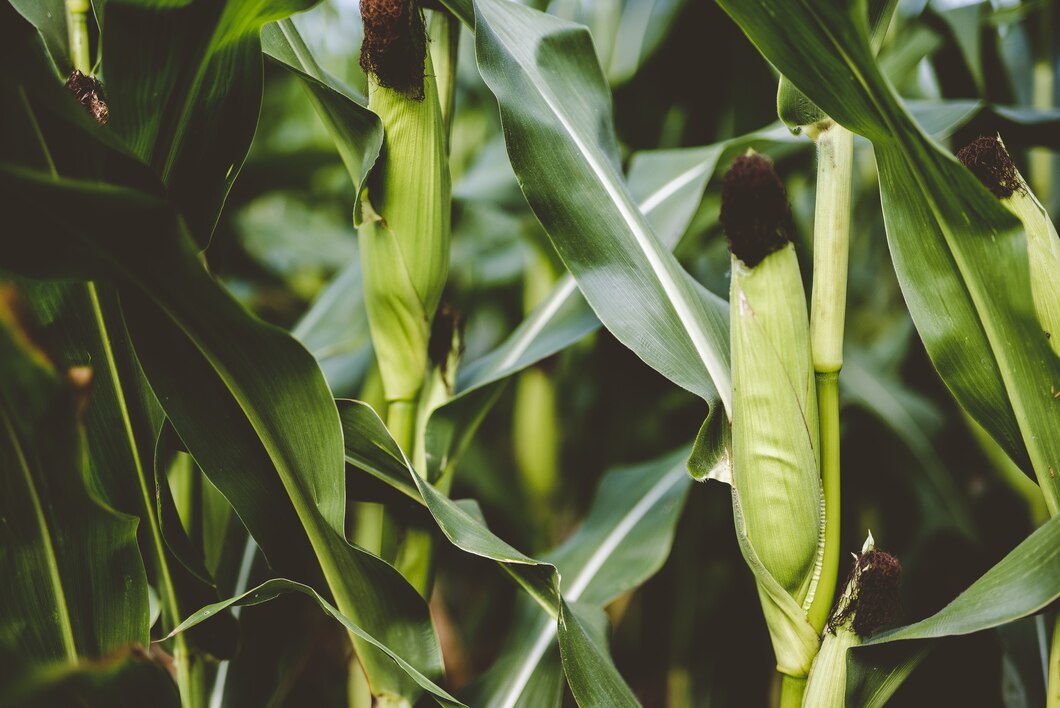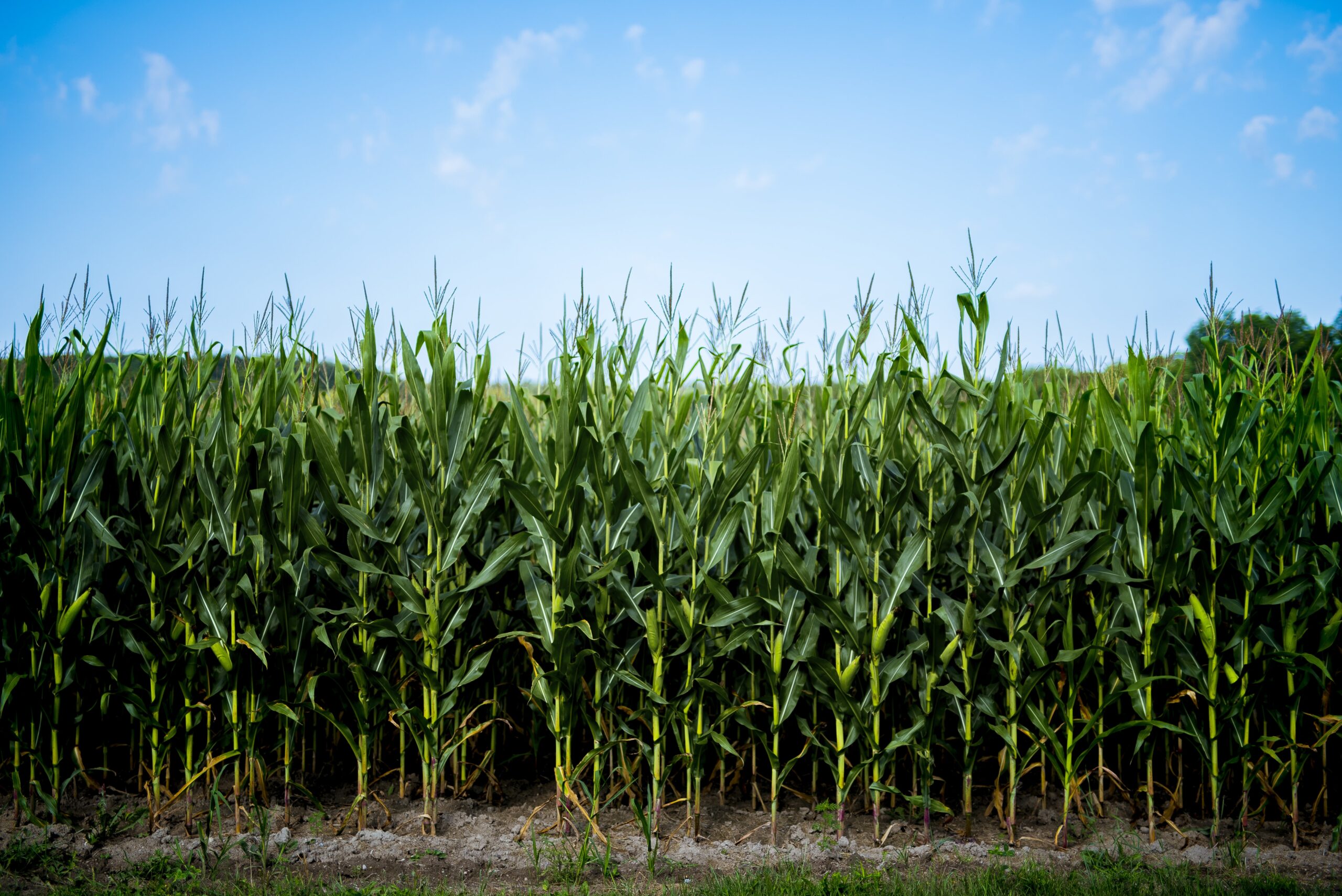Crop Rotation Techniques for Sustainable Corn Farming
Crop Rotation Techniques for Sustainable Corn Farming
In the world of agriculture, sustainability is a key concern for farmers. As the demand for food continues to rise, it is crucial to find ways to maximize crop yields while minimizing the negative impact on the environment. One effective method that has been widely adopted by corn farmers is crop rotation.
Crop rotation is the practice of growing different crops in a specific sequence on the same piece of land. This technique has been used for centuries and has proven to be beneficial for soil health, pest control, and overall crop productivity. When it comes to corn farming, there are several crop rotation techniques that can be employed to ensure sustainable harvests.
One common approach is to alternate corn with leguminous crops such as soybeans or alfalfa. Legumes have the unique ability to fix nitrogen from the atmosphere and convert it into a form that can be readily used by plants. This natural nitrogen fixation reduces the need for synthetic fertilizers, which can be costly and harmful to the environment. Additionally, legumes help improve soil structure and fertility, making it more conducive for corn growth.
Another effective crop rotation technique for corn farming is the inclusion of cover crops. Cover crops are non-commercial crops that are grown primarily to protect and improve the soil. They are typically planted during the off-season or in between cash crops. For corn farms, cover crops like winter rye or clover can be used to prevent soil erosion, suppress weeds, and enhance soil organic matter. These benefits translate into healthier soil and better water retention, ultimately leading to higher corn yields.
Furthermore, incorporating small grains like wheat or barley into the crop rotation can be advantageous for corn farms. Small grains have shallow root systems that help break up compacted soil, improve drainage, and reduce the risk of soil erosion. By planting small grains before corn, farmers can create a favorable soil environment that promotes optimal corn growth. Additionally, small grains can serve as a cash crop themselves, diversifying the farm’s income stream.
It is worth noting that the success of crop rotation techniques for corn farming relies heavily on proper planning and management. Farmers must carefully select the crops to be included in the rotation, taking into consideration their compatibility, nutrient requirements, and pest susceptibility. Additionally, timing is crucial when it comes to planting and harvesting different crops. Proper timing ensures that each crop has enough time to grow and develop before the next one is planted.
In conclusion, crop rotation techniques are essential for sustainable corn farming. By incorporating leguminous crops, cover crops, and small grains into the rotation, farmers can improve soil health, control pests, and increase crop productivity. However, it is important to remember that successful crop rotation requires careful planning and management. With the right approach, corn farms can thrive while minimizing their impact on the environment.
Efficient Water Management Strategies for Corn Farms

Pic Source:Freepik
Efficient Water Management Strategies for Corn Farms
Water is a precious resource, and its efficient management is crucial for the success of any agricultural endeavor. Corn farms, in particular, require substantial amounts of water to ensure healthy crop growth and high yields. However, with increasing concerns about water scarcity and environmental sustainability, it is essential for corn farmers to adopt efficient water management strategies. In this article, we will explore some best practices that can help corn farms thrive while minimizing water usage and maximizing productivity.
One of the most effective strategies for efficient water management on corn farms is the use of precision irrigation techniques. Precision irrigation involves applying water directly to the root zone of the plants, minimizing water loss through evaporation and runoff. This can be achieved through the use of drip irrigation systems, which deliver water directly to the base of each plant. By providing water precisely where it is needed, farmers can reduce water wastage and ensure that every drop counts.
Another important aspect of efficient water management is the implementation of soil moisture monitoring systems. These systems use sensors to measure the moisture content of the soil, allowing farmers to determine when and how much water to apply. By avoiding over-irrigation, which can lead to waterlogging and nutrient leaching, farmers can conserve water while maintaining optimal growing conditions for their corn crops. Additionally, soil moisture monitoring can help identify areas of the field that may require additional irrigation, allowing for targeted water application and further water savings.
Crop rotation and cover cropping are also effective water management strategies for corn farms. By rotating corn with other crops, such as legumes or small grains, farmers can break pest and disease cycles, reduce the need for chemical inputs, and improve soil health. Additionally, certain cover crops, such as clover or rye, can help retain soil moisture by reducing evaporation and improving water infiltration. These practices not only conserve water but also contribute to the overall sustainability and resilience of the farm ecosystem.
Furthermore, implementing conservation tillage practices can significantly reduce water loss on corn farms. Traditional tillage methods, which involve turning over the soil, can increase evaporation and soil erosion, leading to water wastage. Conservation tillage, on the other hand, minimizes soil disturbance and maintains crop residues on the surface, helping to retain moisture and prevent runoff. By adopting conservation tillage practices, farmers can conserve water, improve soil structure, and reduce the energy required for tillage operations.
Lastly, it is crucial for corn farmers to prioritize water recycling and reuse. This can be achieved through the installation of on-farm water storage systems, such as ponds or tanks, which can capture and store rainwater or runoff for later use. Additionally, implementing water treatment technologies, such as filtration or disinfection systems, can enable the safe reuse of wastewater for irrigation purposes. By recycling and reusing water, farmers can reduce their reliance on freshwater sources and contribute to the conservation of this valuable resource.
In conclusion, efficient water management is essential for the sustainability and productivity of corn farms. By adopting precision irrigation techniques, implementing soil moisture monitoring systems, practicing crop rotation and cover cropping, implementing conservation tillage practices, and prioritizing water recycling and reuse, corn farmers can minimize water usage while maximizing crop yields. These best practices not only contribute to the long-term viability of corn farms but also help protect the environment and ensure the availability of water resources for future generations.
Integrated Pest Management Approaches for Sustainable Corn Harvests


